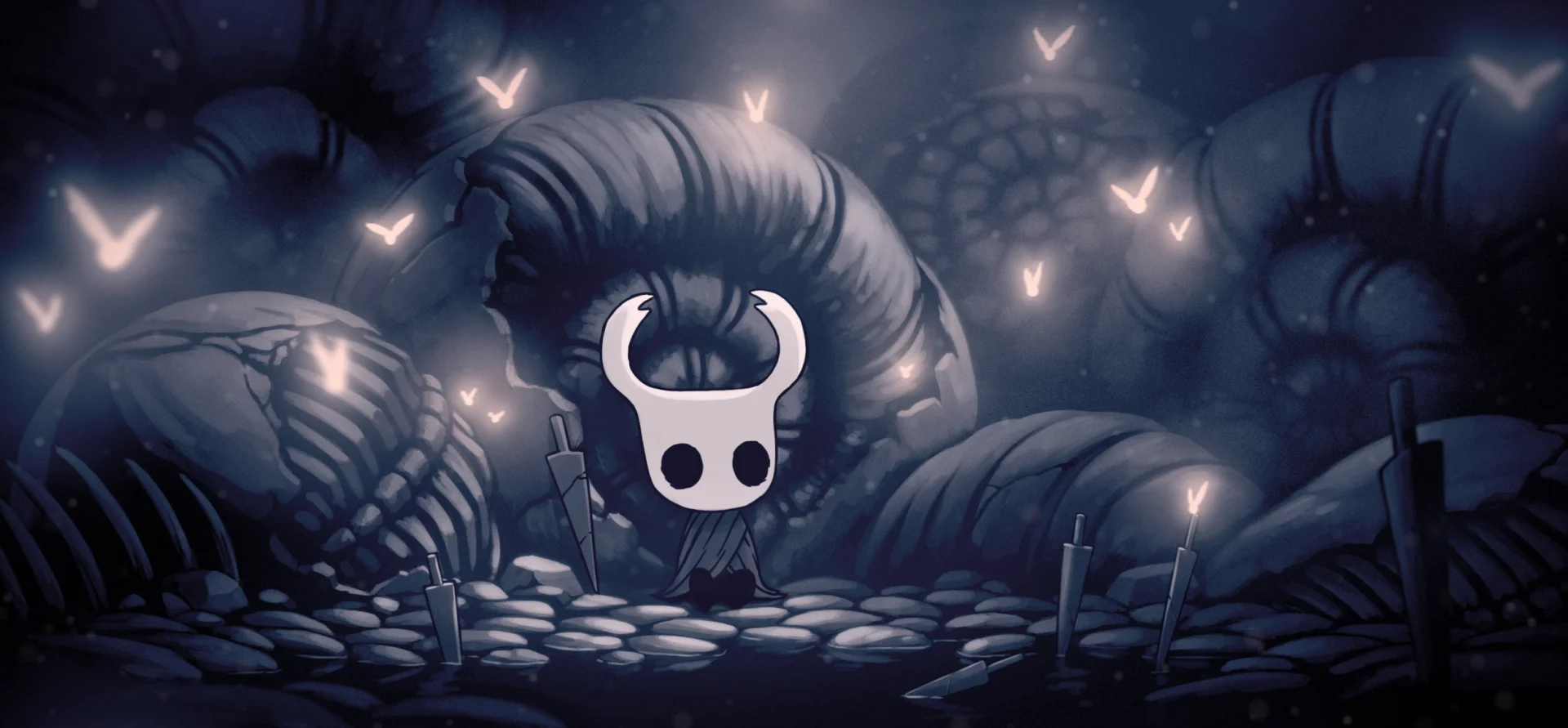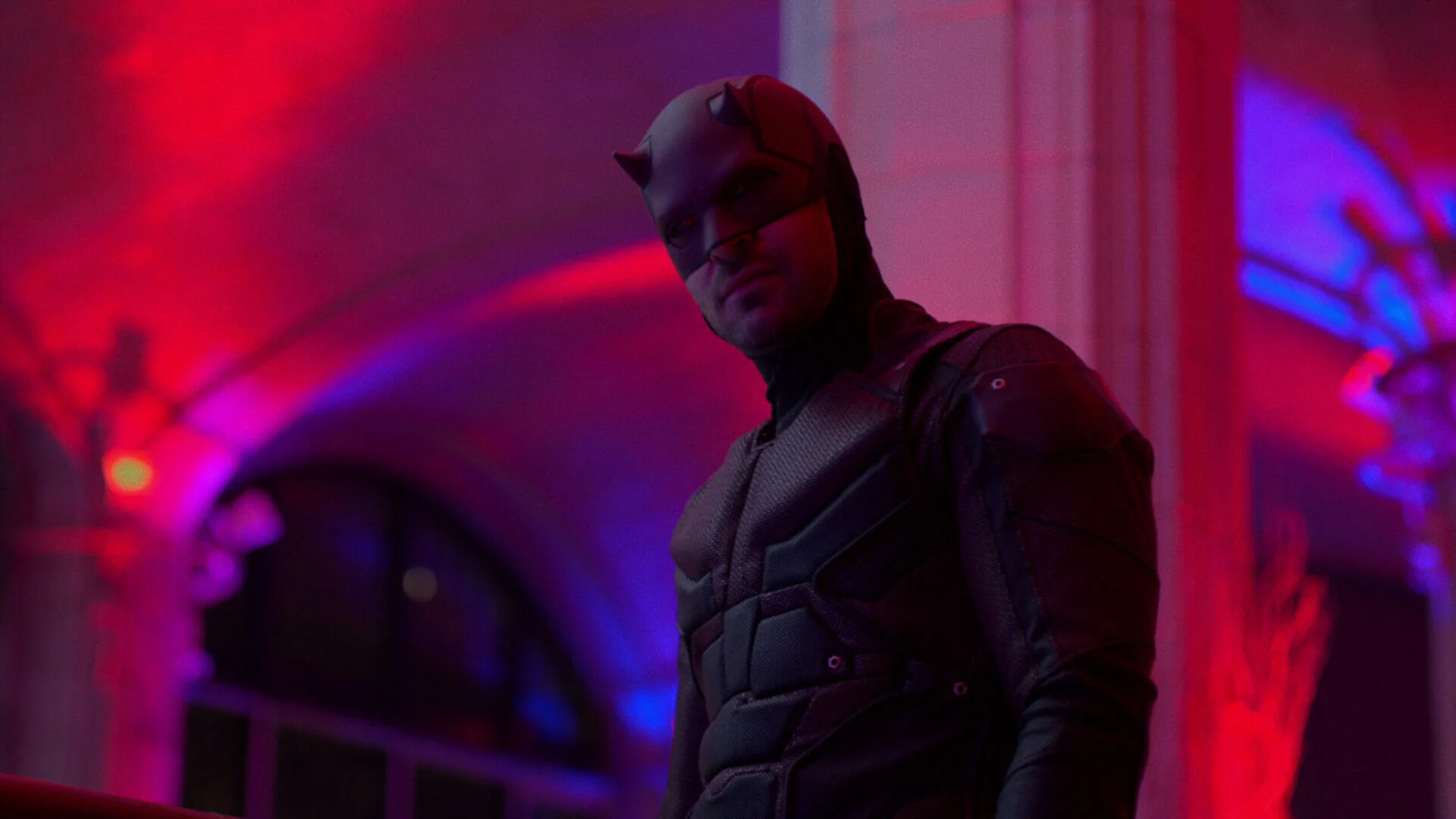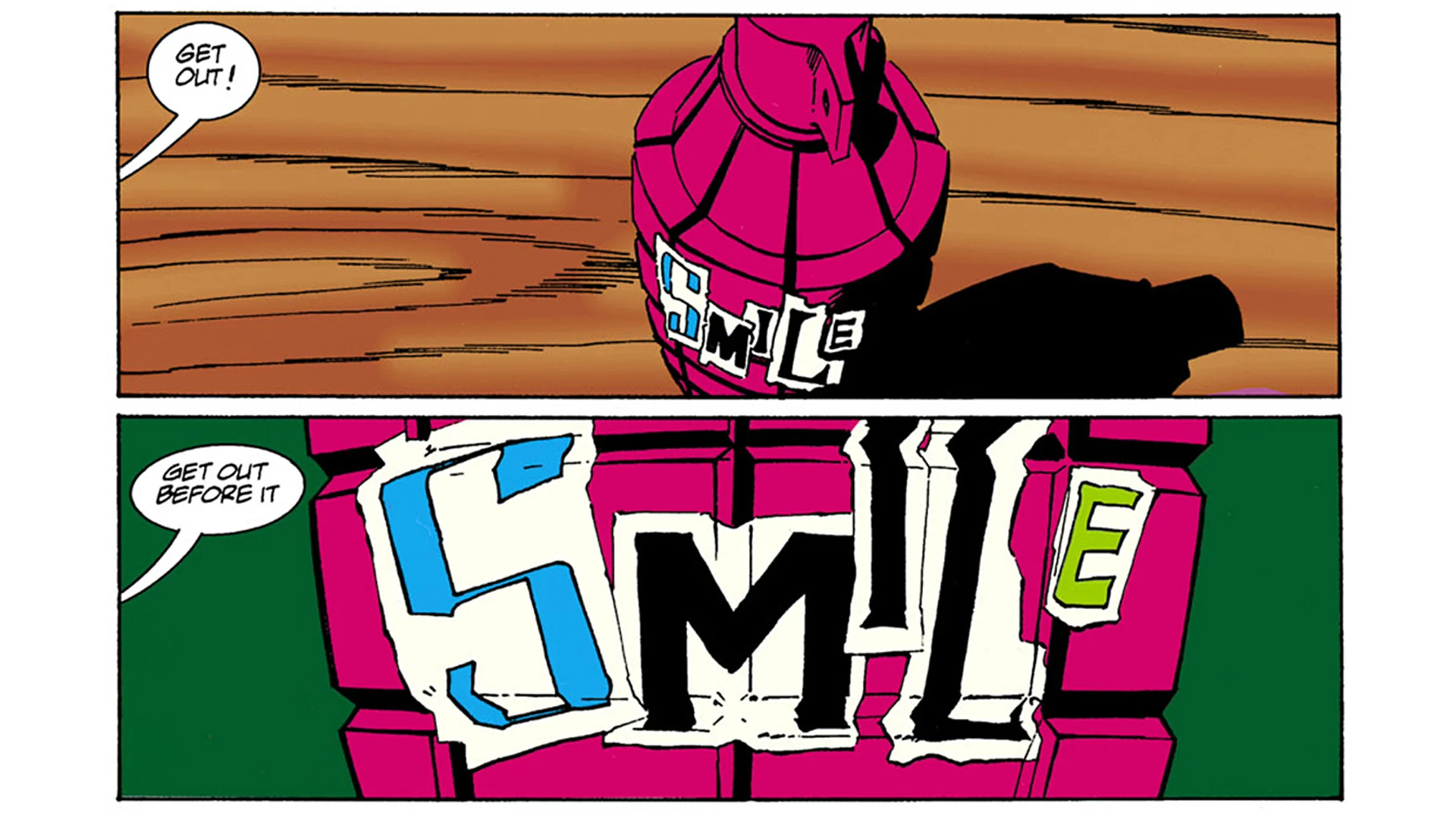
The Boys Presents: Diabolical | An animated human self-reflection
Showrunner
Year
Country
Seasons
Runtime
Genre
Subgenre
Music by
What was stated here about superheroes in the comic series The Boys is something that fans would probably agree with: “they have their own dark side, much like most normal people do, who would acquire power, if they had the means.” In this new animated show, Garth Ennis and seventeen other producers and writers try to imagine how normal people would react to gaining super or magical powers. Set in The Boys Universe, a mix of different styles and stories is the recipe behind The Boys Present: Diabolical.
Diabolical is a mixture of eight hilarious and emotionally unsettling animated short films by some of Hollywood‘s most off-beat minds. Eight short chapters of an anthology by Amazon Prime Video, inspired by the (anti)superhero, foul-mouthed and violent series, is in turn inspired by the comics of Garth Ennis.
The series takes place chronologically after the revelation of the existence of Compound V, created by Frederick Vought of Vought International, whom The Boys are trying to bring down. This universe that is the series allows for the creation of superhumans and, at the same time, creates many struggles for regular people. As if that was not enough, with the revelation of other secrets, Vought has begun a heavy and even overt trial that will have more effect on the normal than on superhumans.
Anthological
Eric Kripke explained that the idea of creating Diabolic came about during the COVID-19 pandemic. The producer wanted to release something while waiting for season 3 of the show. There are many elements that allow us to define it as a small showcase for the series. There is an attempt to try out new things, even more ground-breaking than usual, without budget limits or externally-imposed production decisions. Because of the limitations of most live-action works, they decided to use different formats and styles to create it.
The series consists of eight episodes with distinct styles of animation. As in Star Wars: Vision, each segment was handed over to a group of different writers. These brand new stories have credits like the ones of Awkwafina, Evan Goldberg and Seth Rogen, Justin Roiland, and Andy Samberg.
Different authors, different styles
Each of them created a different narrative stream and design. For example, Justin Roiland sticks with his favorite animation style as the adventures of Rick and Morty. The second episode, An Animated Short Where Pissed-Off Supes Kill Their Parents, tells the satisfying revenge of teenagers with ridiculous powers, who are locked up in a bleak version of the Xavier School (X-Men).

Between the splatter and the Looney Tunes animation styles, in Diabolical we can also find a good dose of anime and Saturday morning cartoons, perhaps even a good dose of Korean animation and a whiff of Studio Ghibli’s style.
The first one is Laser Baby’s Day Out, in which we have the first stage of a human being – a baby – turned into a killing machine. The style is the opposite of the American-made classic short. After Roiland’s one, we have I’m Your Pusher, the only episode that pays homage to the style of the original comic. The scene shows Butcher tracking down a drug dealer who supplies heroin to a “supe”, known as Wide Wonder. Boyd in 3D is about an experimental cream that turns a young boy into a handsome man until it crushes him. The style, in this case, is referred to as “French comics”.
A reflection on ourselves
Substantial numbers of people probably dream dreams of becoming a superhero. But in doing so, they all are going to meet something completely different from what they expected. The Boys already taught us that, but in this case, the outcome is even clearer. In the John & Sun-Hee episode, written by Andy Samberg (Brooklyn Nine-Nine), John is the husband of Sun-Hee, a woman who’s dying from cancer.

The main character makes a dangerous decision. During a last-ditch plan to save her, something leads to the emergence of a deadly monster. Not only is it the most dramatic episode but also the one that carries the show’s primary theme. It shows how the possession of superpowers can lead to disastrous consequences. Sun lost his wife trying to save her, but the ultimate lesson is learning how to let go. This emotional side of the episode is purposefully connected to Korean culture, to the heartbreaking vocal acting performances, and vibrant musical composition.
The show is more than a mere parody or desecration of superheroes’ rhetoric. Indeed, it makes us understand how we must look at superheroes as useful mirrors which have something to do with ourselves. What we could become and what we could be able to do, mainly in a negative way.
Eight stories to enjoy while waiting
This freedom of action has sustained the bizarre results of the show, combined with the greater flexibility of the comics’ original material. Having something to watch while waiting for the third season of The Boys sounds like an unexpected treat. Despite being a spin-off about the narrative world and not the series itself, Diabolical turns out to be a refined and daring experiment.
Tag
Buy a ☕ for Hypercritic





